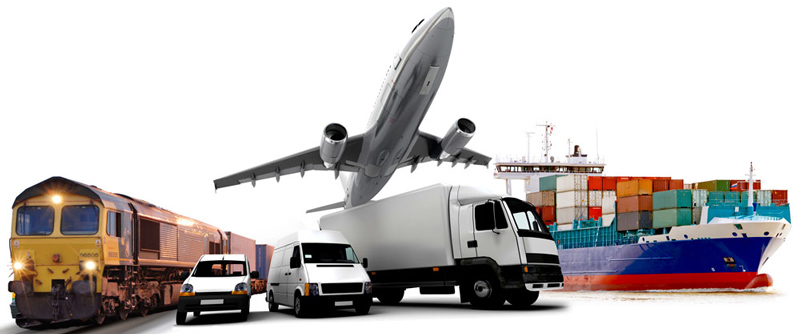As we progress through the era of modern technology, it’s becoming more and more difficult for legacy software systems to keep up with post modern technology systems. Over the past year, many distribution organizations have consolidated their processes and data into one central software system. This system is known as an Enterprise Resource Planning (ERP) system.
An ERP or Enterprise Resource Planning solution refers to a type of software that organizations use to manage and integrate day-to-day business activities such as accounting, supply chain, operations, commerce, reporting, and human resources. Today’s ERP software offers flexible deployment options, improved security and privacy, sustainability, and low-code customizations. But most importantly, an ERP system will build continuity and resiliency into your daily business processes through insights that allow your business to modernize at a rapid pace.
Luckily, no matter what stage your distribution business is in, the benefits that an automated ERP system can bring are worth looking at. Having a modern ERP system can ultimately help improve reporting, workflows, customer service, demand planning, inventory management, visibility, supply chain management, and warehouse management.

(1) Accurate Reporting. Modern ERP software will provide an accurate report for an increased view of your data. These accurate reports will allow end-users to see their data they want it – by warehouse, product line, location, business until and other variables. This is great for compiling your data into accurate reports for internal and external use. End-users will have the ability to respond to complex data reporting requests and comply with standard industry reports in a timely manner.
(2) Automated Workflows. Distribution specific ERP software is capable to automating schedules and workflows. Purchasing decisions and purchase order approvals can be automated to take some of the work off your hands. But don’t worry, you’re in control of every step – tasks and workflows will not be automated without your permission.
(3) Customer Service. In today’s world of modern technology, customers expect immediate feedback on their order status. Monitor you customer returns, and service requests to support quality communication with current customers or prospects beyond their expectations. This can be your foundation for developing a customer-focused value-added service.
(4) Demand Planning. The demand planning functionality is a great tool to have in your ERP system. End-users will utilize clear-cut inventory reports of predictive analytics based on past trends. This is crucial for keeping up with orders and ensuring that you will not have to turn customers away due to poor planning.
(5) Inventory Management. While many are stuck in their old labor-intensive, manual ways, others are turning to a modernized, automated distribution planning software to streamline the inventory management processes. End-users will have the ability to manage and track real-time data across multiple warehouses for visibility into current inventory in transit, costs, and order quantities. Your inventory management team will also have access to expiration dates, negative inventory, and bin locations.
(6) Real-time Visibility. With a view the entire operation, your team will have a clear and complete picture of overall operations to make crucial day-to-day decisions. This clear view into your supply chain will provide awareness of exactly how well your distribution organization is running and even help you stop problems before they occur or become too big of an issue. Real-time visibility provides insights into inventory levels, movement of goods, functionality of customer service representatives, and real-time reports.
(7) Supply Chain Management. Integrated ERP systems offer strong supply chain management resources to optimize merchandise reporting, planning, and distribution requirements for centralized purchasing locations and multi-warehouse distribution channels.
(8) Warehouse Management. ERP systems are automated from beginning to end with modern technology such as tablets, smart phones, and other devices. Manage your products from receipt to suggest movements and optimized picking. A streamlined warehouse will eliminate physical counts and begin cycle counting.
With an ERP management system, your end-users will benefit from accurate reporting, automated workflows, personalized customer service, demand planning, inventory management, real-time visibility, supply chain management, and warehouse management functionalities to help your business thrive without any additional hassle.
The distribution industry is transforming a rapid pace because of recent advancements in technology. To remain competitive and ahead of the pack, you will need to incorporate new technology into your daily business processes.
To begin your ERP journey, you will need to select a partner. Your partner will walk you through every step of your implementation journey, from selecting a solution and setting goals to post implementation training and support.
Contact the ACC Team to schedule your ERP discovery call. We’re excited to help you build continuity and resiliency into your daily business processes!
Solutions by Industry
What's New
Fiscal Fitness: Preparing Your Business for Year-End Excellence with ACC
Read MoreSubmitted by Stephanie Dean on Mon, 12/29/25 - 11:50
Farewell to 2025: A Smarter Year-End Starts with Acumatica
Read MoreSubmitted by Stephanie Dean on Wed, 12/24/25 - 10:07
Acumatica Users: ACC’s Guide to Process 1099s and File Through Aatrix
Read MoreSubmitted by Stephanie Dean on Mon, 12/22/25 - 13:11